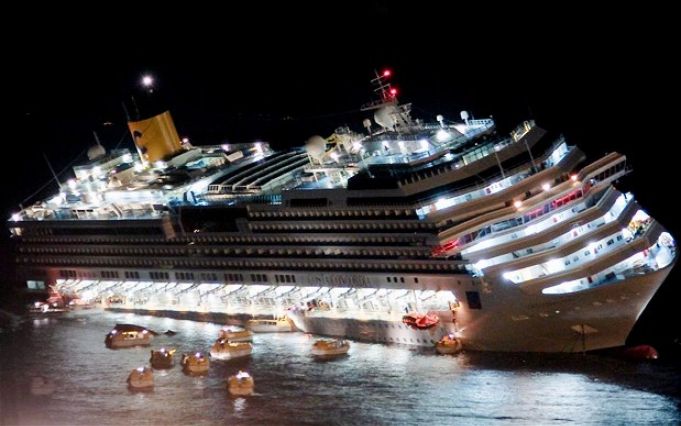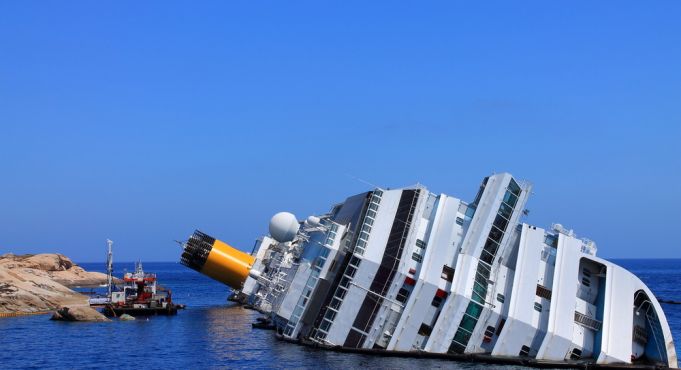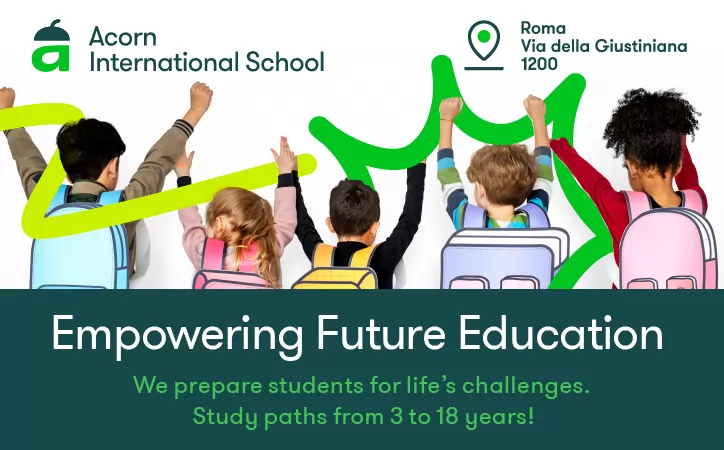Italy marks anniversary of Costa Concordia disaster
Costa Concordia ran aground off west coast of Italy on 13 January 2012.
Italy on Monday marks 13 years since the Costa Concordia cruise ship ran aground off the Tuscan island of Giglio, resulting in 32 deaths, in one of the worst maritime disasters in modern Italian history.
The accident occurred in calm seas on the night of 13 January 2012 when the luxury liner carrying 3,206 passengers and 1,023 crew deviated from its planned route during a seven-day Mediterranean cruise.
Captained by Francesco Schettino, the Costa Concordia was making its way between the port of Civitavecchia, 60km north of Rome, and Savona in Italy's northern Liguria region, when disaster struck.
Giglio sail-past salute
In an act of bravado, Schettino steered the 292m-long vessel towards the shore to "salute" Giglio, a small island off Italy's west coast, running the ship aground on jagged rocks in shallow waters at around 21.45.
The impact caused a 53-m long gash in the port-side hull, along five compartments, including the engine room.
The 114,500-ton cruise liner soon began taking on water, resulting in a loss of power, propulsion and electrical systems. The rudder was also out of action, meaning the ship could not be steered.

There it grounded, resting on its starboard side, with almost half the ship left above water.
A frantic passenger contacted her daughter on the mainland, and at about 22.15 the Italian coast guard telephoned Schettino, who downplayed the situation, noting only that there was a blackout aboard.

When the coast guard called back 10 minutes later the crew admitted that the ship was taking on water, with Schettino requesting tugboats.
The first rescue boat arrived at 22.39 and a chaotic evacuation operation ensued.
Some passengers said that the signal to deploy the lifeboats and abandon ship was not given until nearly 23.00.
Abandoning ship
Schettino left the bridge at around 23.20 and shortly afterwards he abandoned ship.He would subsequently claim that he slipped off the Concordia and landed in a lifeboat.
The rescue effort was also reportedly hampered by the fact that some 600 passengers had not received evacuation drills and a large part of the crew did not speak Italian.
The last crew member left the bridge about 15 minutes after Schettino, even though there were still roughly 300 people still on the ship.
By midnight the Concordia was listing severely, compromising the release of lifeboats and forcing many to escape by clambering down rope ladders over a distance equivalent to 11 stories.
Gregorio de Falco
At 12.40 an enraged coast guard captain, Gregorio de Falco, telephoned Schettino, who was in a lifeboat with other Concordia officers, ordering him repeatedly to return to his ship and oversee the evacuation.
Frustrated with Schettino's excuses, de Falco shouted down the phone: "Vada a bordo, cazzo!" (Get on board, for fuck's sake!).
Schettino refused.
The rescue operation at this stage comprised dozens of boats and numerous helicopters.
By dawn 4,194 people were evacuated and taken on shore to Giglio, a holiday island whose permanent population was less than 1,000.
Search for survivors
That day, 14 January, divers rescued the last three survivors trapped inside the Concordia.
Over the following two weeks rescue divers searched the ship for missing people and recovered most of the bodies.
The body of the last missing person, an Indian crew member, was not recovered until 3 November 2014.
“Captain Coward”
After the accident Schettino was vilified in the Italian media, referred to as “Captain Coward”, “Captain Calamity” and even “Italy's most hated man”.
In 2015 he was convicted of manslaughter and causing the shipwreck, and was sentenced to 16 years in prison.
Schettino appealed the sentence, blaming members of his team for the crash, however in May 2017 Italy's highest court upheld the earlier verdict and Schettino began his jail term shortly afterwards.

Salvage operation
The ship wreck was the subject of a complex and unprecedented salvage operation, during which a Spanish diver lost his life, bringing the total death toll from the disaster to 33.
The ship made its final voyage in July 2014 when it was successfully towed away from Giglio and taken to Genoa, where it was dismantled for scrap in an operation completed three years later, in July 2017.
The Costa Concordia wreck recovery was one of the most expensive in history (about $2 billion), costing more than three times the vessel’s building cost in 2004 (about $612 million).
Cover photo credit: dvoevnore / Shutterstock.com.
General Info
View on Map
Italy marks anniversary of Costa Concordia disaster
Isola del Giglio, Italy


















